Direct-to-consumer is dead for the majority of CPG categories. That’s a bold statement, but our analysis of thousands of fast-moving consumer goods companies makes it clear; a DTC digitally native model is a dead-end strategy unless you own a platform or are vertically integrated to offset your customer acquisition costs. CPG startups hoping to scale need a better approach, and that’s exactly what you will learn in this article.
Why Direct To Consumer Alone Doesn’t Work
Web 2.0 led to many CPG brands successfully exiting through a D2C model. Digital advertising was cheap and 3rd party data provided access to consumer data that we could use to target our exact buyer persona.
Now, not only do we have limited access to consumer data at a higher cost, but consumer behavior shows integrated shopping to be the preferred buying method. The customer journey once required multiple marketing touchpoints. Now it requires multiple marketing and retail positioning touchpoints.
Why A Single-Channel Approach Will Not Work
In the past two years, we’ve seen a significant increase in the cost of acquiring a customer through paid media. Perhaps partly because of privacy changes in consumer data but also because many brands depend on a direct-to-consumer approach.
Unless you hit a grand slam through viral TikTok marketing, Google ads campaign, or Liquid Death like digital signage solutions, generating profits with a direct-to-consumer approach is a long shot for any CPG manufacturer. Like investing with index funds, the omnichannel retail approach balances the return on investment while limiting risk. Unlike index funds, a CPG omnichannel strategy benefits from the cross-pollination of retailer and customer data.
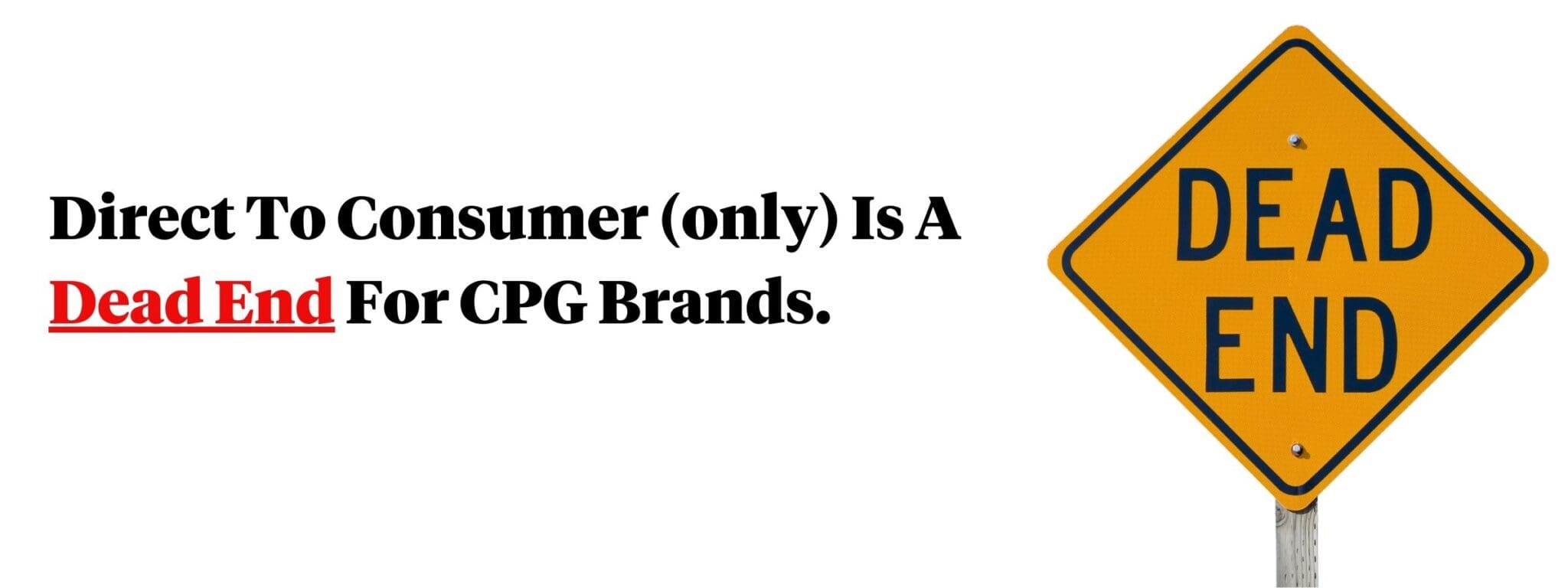
Be it through a data analyst or AI tools, CPG brands can learn through their various channels. With cross-team communication accounted for, marketers gain many insights to facilitate their strategy.
Existing Retail Channels
Omnichannel for CPG companies consists of more retail environments than most brands can start with; however, continuing to grow your brand means monitoring the various channels with which you can position your products. Here’s a look at the most common channels within the CPG market.
Brick N Mortar Retail
In-person shopping is not going away. We believe that brick n mortar retailers will play an essential role in the coming years. For on-site retail, you can shop in:
- Specialty retailers (Petco, Barnes n Noble, Dicks Sporting Goods)
- Grocers or department stores (Macy’s, WholeFoods, Walmart)
- Big box retailers (Costco, Sams Club)
Depending on your category, you can go directly to a retailer or through a distribution partner.
Ecommerce
The most significant disruption in retail will come through ecommerce. We say this since most brands have a single-channel or multi-channel approach. Today, you have multiple options for ecommerce and can take a digital-only omnichannel strategy (we don’t suggest this).
Your ecommerce options include the following:
- Direct to the consumer through your website
- Specialty online retailers (Petmeds.com, Bodybuilding.com)
- Grocery or department store online retailer (Huckberry.com, Thrivemarket.com)
- Through Dropship platforms (Amazon.com, Wayfair.com)
Each ecommerce approach requires a specific strategy and an internal marketing campaign. Manufacturers of consumer packaged goods can no longer depend on external marketing efforts for the last three options. Instead, you must understand how to market within each channel.
Social Commerce
Whereas social commerce played nicely with each retail channel, TikTok has now set the stage for other social media platforms to become retail competitors. Here’s a look at how you can incorporate social commerce into your strategy.
- Through social, to consumers
- Through social, to online retailers
- Direct to the social media company (coming soon)
- Directly Through Influencers? (we see this happening)
Platforms are unlikely to eliminate the option of promoting outside of their channel. However, since these are for-profit companies, we expect a silent shift toward promoting the products they manage. Through increases in advertising costs and algorithm throttling, social commerce will lean towards their warehouse or dropshipped offerings.
Agentic Commerce
Agentic commerce is the next iteration of online shopping, where AI agents make purchases on behalf of consumers. Instead of users searching, AI agents anticipate and act based on preferences, data, and context. This changes how CPG brands must position and prepare their products for commercial intent searches that come through typed or voiced searches.
Here’s how to prepare for agentic commerce:
-
Optimize for structured data and meta information to ensure clean, machine-readable product info.
-
Highlight key value propositions, product features, and benefits for AI parsing.
-
Use consistent formating to maintain uniformity across listings and channels.
-
Be active in development a strong reputation across all sales channels and online review websites.
Agentic commerce will not replace ecommerce, it will integrate with it and become a part of every aspect of online shopping.
Virtual Commerce
The future of commerce is virtual. New channels will emerge in web 3.0 where a shopper completes transactions in a virtual world. Will existing retailers or social media companies be the first to do it? We don’t know the answer to this, but there will be a race toward virtual shopping, and we’re excited to participate.
In the future, virtual commerce will allow you to sell:
- Direct to Consumer
- Direct to the retailer (of all kinds)
- Direct To The Platform for Dropshipping
How To Construct An CPG Omnichannel Team
Omnichannel retail is certainly not as simple as D2C, but with capital and strong team leadership, the sum becomes greater than its parts.
Omnichannel Marketing
Where brands could once get away with a CPG marketing director and creatives, now the team requires specialization across more channels than before. A team may now consist of a marketing director, TikTok manager, PPC manager, & print advertising manager (yes, print ads still work), and creatives.
While they previously worked in isolation, the marketing team requires consistent communication with the sales team to understand the intricacies of each commerce channel. Most marketing efforts will need to be assigned a target channel. While marketing may serve multiple channels, stamping a primary focus leads to clear insight into how the campaign generates revenues.
Omnichannel Sales
Having a single sales director to support every channel is dangerous. There may be no other option for small brands, but it’s best to have a single person in charge of the channel’s success. Again, with proper team communication, these sales directors work together to create a synergistic revenue-generating engine, capturing market share through a joint initiative.
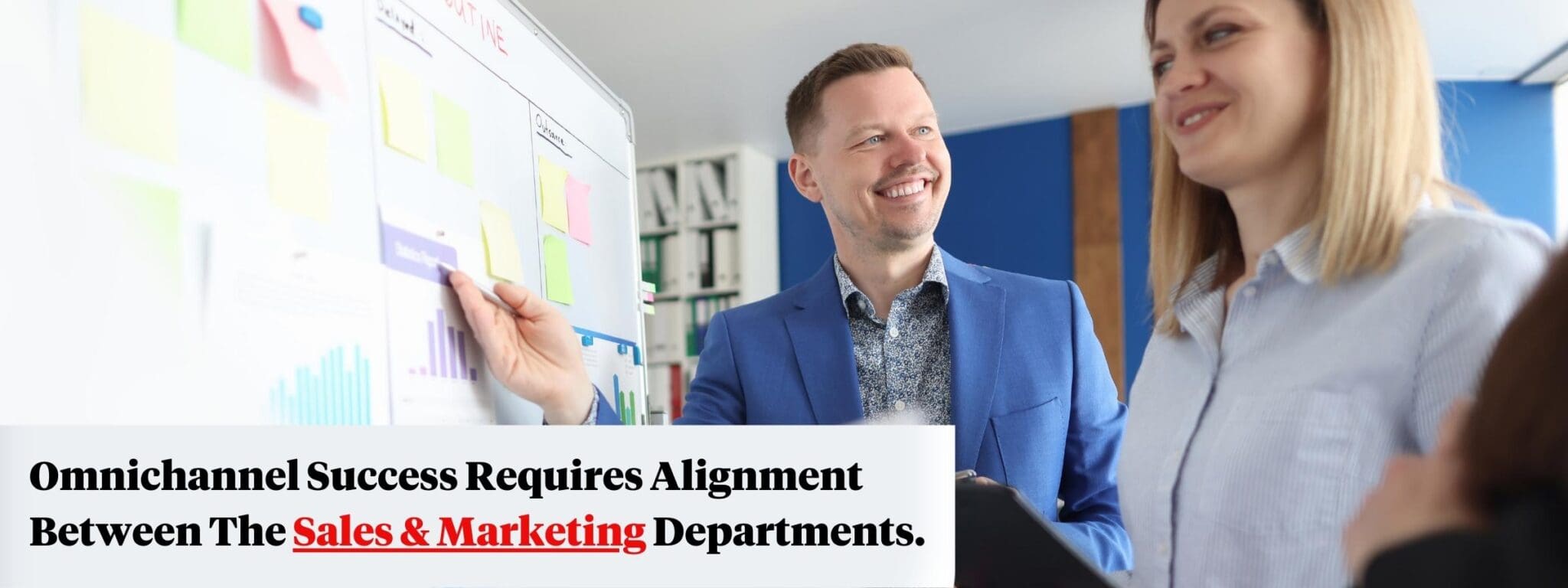
Omnichannel Support
A silly fact about most direct-to-consumer brands is how lazy they are about customer support. Minimal contact information and chatbots make for a terrible customer experience. We can say this about any brand, but customer support will be a critical factor in the future of the CPG industry.
Customer engagement is a purchase driver most consumer goods brands do not consider. No longer is brand loyalty based on social acceptance; consumers now determine it with social impact. We often refer to social impact on the planet and society. Still, consumers want their personal needs met, which is why personalization is a frequent conversation for industry experts.
Supply Chain Management
They often go unrecognized, but you need a supply chain team to ensure product fulfillment goes smoothly to succeed with an omnichannel approach. You need motivated team members to source and supply vendors, ensure brands meet all deadlines, and retailers receive products in good shape. Supply chain mistakes are where most brands fail at the omnichannel approach, so don’t take this lightly.
CPG Omnichannel Retail Strategies
We’ve touched on some challenges within the omnichannel approach. Adding more channels to your brand strategy doesn’t work without a means of standing out. An omnichannel strategy demands differentiation at each point of purchase.
Sometimes this is a single change, other times, it combines differentiation factors. Here’s a look at ways to provide a unique marketing angle to a new channel.
Create Multiple Sizes

Reports suggest consumers are buying different sizes of consumer packaged goods. Whereas a single SKU might have worked across two channels, you need to consider the consumer demographics within the specific channel. How do the needs of the boutique shopper differ from those shopping on TikTok?
For example, TikTok currently performs well at $35.00 or below. A pet food product selling raw food for $59.99 in small shops can create a smaller pack size to create consumer demand through this channel.
Maintain A Direct Response Mindset

An omnichannel business model can sometimes be overwhelming, and sometimes it feels like you are losing control. Within your omnichannel strategy, maintain a focus on collecting consumer data. CPG marketers often forget the need to have the general information of customers.
Besides building a relationship warranting customer loyalty, this starting point permits audience understanding (age, gender, interests). These data sets are fundamental now that information through social media marketing is limited.
Create an Omnichannel Flow
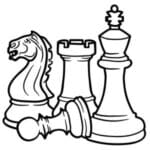
In the game of chess, two things are essential.
- You need to contemplate your next move carefully.
- You need to see further along in the game.
Omnichannel CPG marketing begins with considering which channel is most accessible for us to execute, which gives us the most leverage, or a combination of the two. We then need to consider how moving into this CPG retailer impacts the next retailer, which then affects the next retailer.
You get the point.
Create Time-Sensitive Omnichannel Experiences
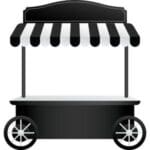
More and more companies are testing pop-up shops, limited-time in-store offerings, and digital experiences such as NFTs. It’s as if the idea of a “campaign” has gone from marketing to an actual retail presence. In this experience economy, positioning yourself as “available for purchase” for a limited time can encourage bursts of revenue growth through a more viral form of consumer purchasing.
Omnichannel Mistakes
We can reverse much of our discussion and turn those into mistakes. But let’s give you one more to consider.
Excluding Existing Relationships
Through web 2.0, many brands shifted from retailer relationships to direct-to-consumer, which didn’t work for most. Why? Because retailers stood with the philosophy that “either you’re for us or against us.” While some of this was unavoidable, excluding retailers from your new channel promotions can cost you big time in this next retail phase.
While retailers understand a brand’s desire to grow, they want to feel appreciation for the relationship built. Inviting them into social commerce or offering to engage in their social commerce efforts will reinforce the existing relationship.
Packaging Design & Consumer Testing Agency
At SmashBrand, we do more than packaging design; we help brands win on shelf. From design to print, we help CPG companies create a winning look and strategy for their products. Our consumer testing guarantees that brands see an increase in purchase intent.
Book a time to discuss your project with our team.
Subscribe to
Nice Package.
A monthly newsletter that unpacks a critical topic in the FMCG & CPG industry.
Free Resource.
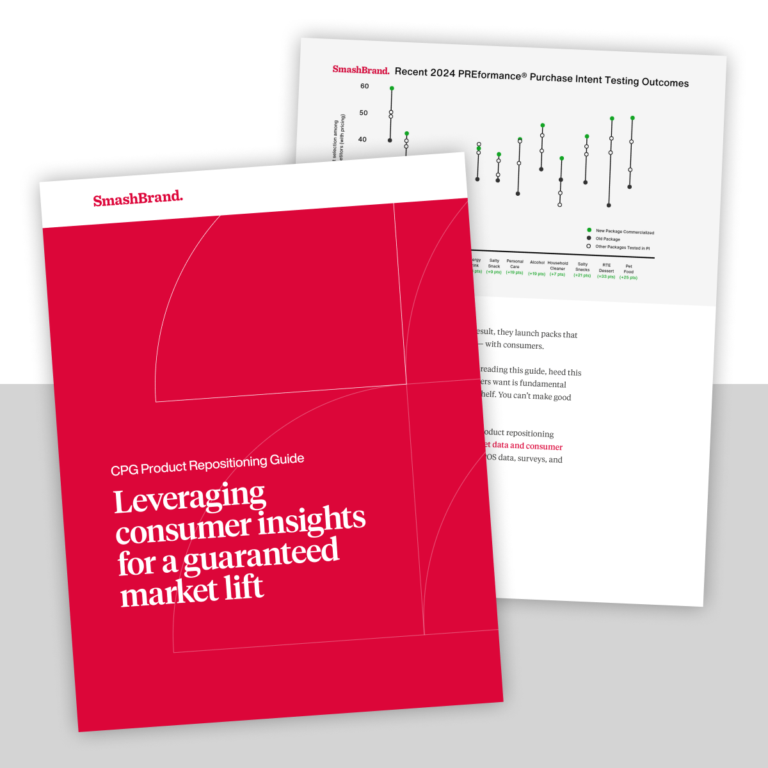
CPG product repositioning guide.
Explore the five undeniable signs your CPG product needs repositioning along with strategies for leveraging consumer insights for a guaranteed market lift.
Learn More About CPG product repositioning guide.